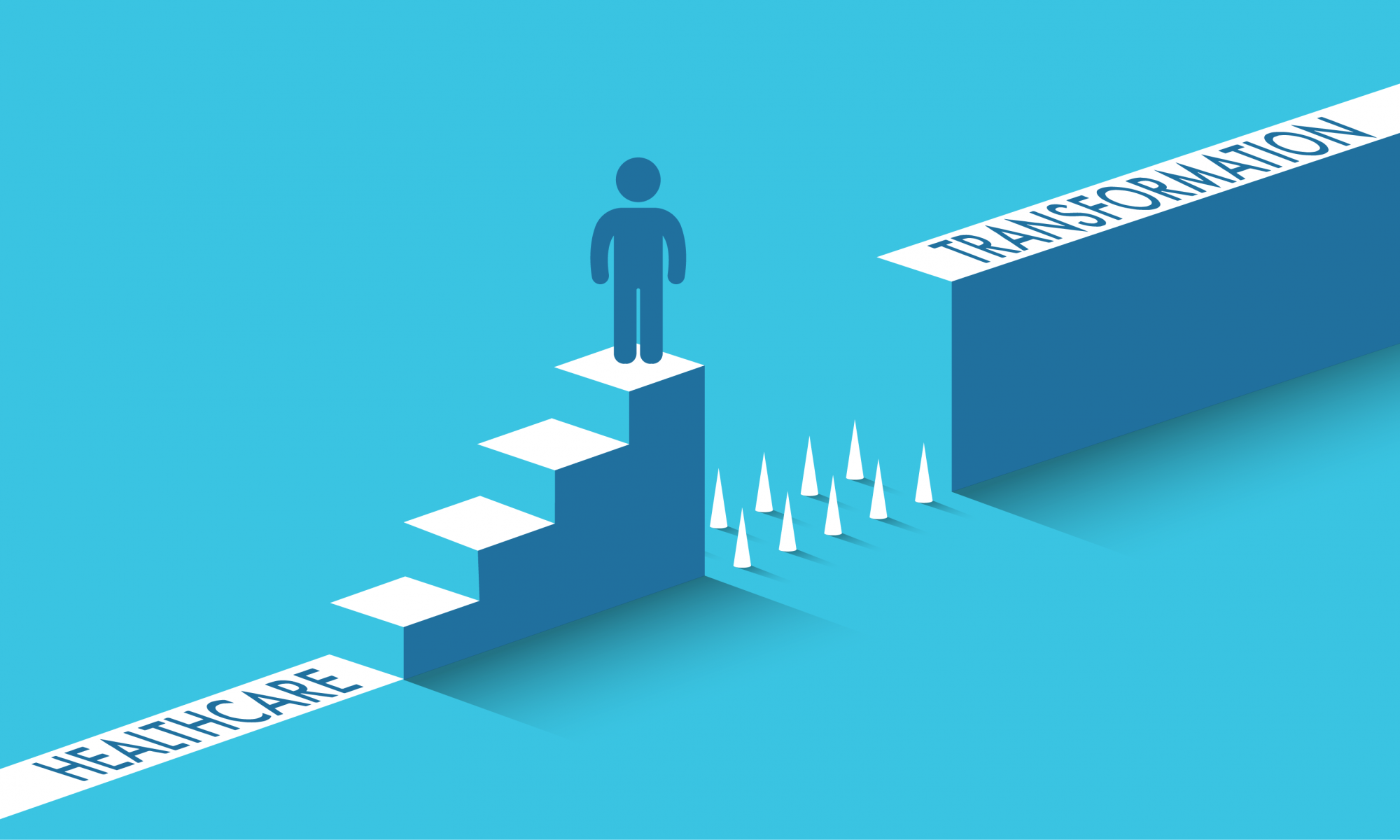The current state of U.S healthcare, consumed by uncertain policies, emerging technologies and new payment models, has stakeholders feeling disorganized and destabilized. Real and perceived barriers to healthcare transformation impede stakeholders across the healthcare ecosystem from aligning efforts to drive innovation that will create impactful change.
In order to march towards an industry that embraces and fosters innovation, it is critical that all stakeholders understand the key components preventing industry transformation. At HLTH, we believe there are eight critical areas, each with stakeholder groups facing distinct challenges and opportunities. They need to come together to realize the enormous potential to improve the quality of care, lower the cost of services and increase the satisfaction of consumers.
ACA Repeal & Replace
Repeal and replacement of the ACA is still a work in progress, thus the path forward for healthcare continues to be hotly debated across political aisles and amongst industry stakeholders. States are feeling the pressure to manage Medicaid, issues have arisen around diminishing quality care, we have an aging population growing at an unprecedented rate and there are misaligned financial objectives. Potential solutions to these and other concerns in government health programs are not easy to diagnose and leave many healthcare executives reluctant to commit budgets and resources to future business strategies and investments.
Payers & Employers
The average family premium continues to increase, showing no sign of slowing down. Recent costs have jumped from $20,782 in 2012 to $25,826 in 2016. For employers, continued increases in employee benefit plans require aggressive re-evaluation of their entire benefits strategy. For payers, the future is uncertain given the lack of clear goals of the new administration. It remains unclear whether employers will be able to continue their role in offering health benefits or payers will be able to remain profitable in a volatile political climate. Rather than expand, this instability restrains investments in healthcare innovation and limits the potential to improve the health and wealth of employers, payers and their respective employees/members.
Pharma
Drug manufacturers are challenged by consumers, physicians and government officials to balance the cost of their investments in research and development with the prices charged for their products. New drug discoveries are underway, promising to save lives or help consumers manage illnesses, yet escalating drug costs have resulted in industry wrath. To combat this fury, pharmaceutical companies need to reassess and rearticulate their value proposition to the industry and consumers. In addition, these companies must come up with new ways to design, develop and deliver pharmaceuticals that cost less and result in better outcomes for consumers consuming them.
Value-Based Care
Value-based payment models are no longer futuristic – they are being implemented across the industry. These payment models are increasingly reliant on providers meeting specific measures of performance – including reducing readmissions, improving the consumer experience and raising quality scores. While uncertainty remains around how heavily enforced newer payment models will be, CMS, under the new administration, appears to be moving – even if ever so slowly – the industry towards value-based payment models.
Consumer Engagement
With increasing health plan premiums and out-of-pocket co-pays, the burden on consumers to pay for healthcare services continues to trend upward, resulting in consumers having more money at risk. This is creating a stronger desire for consumers to become more engaged in their own care. As they have more control over their healthcare, organizations must adapt to deliver a more personalized experience, one that empowers consumers to take a more active role in their health and drive the necessary behavior change that improves outcomes for all stakeholder groups. New trends and business models are rapidly transforming the ways consumers engage with their payers, providers and healthcare services.
Aging Population
According to The Population Reference Bureau report, “Aging in the United States,” the number of Americans ages 65 and older is projected to at least double from 46 million in 2016 to more than 98 million by 2060. By 2030, it’s projected that more than 60 percent of the baby boomer generation will be managing at least one chronic condition. Managing these conditions will increase the financial demands on our healthcare system. As a result, payer and provider executives must continue planning for the projected 80 million Medicare beneficiaries in 2030. New technology will play a significant role in caring and paying for this generation, in addition to supporting the many caregivers needed to ensure the aging live with dignity with grace.
Digital Health/Innovation
Healthcare lags significantly behind other industries in adopting and deploying innovative technologies. While recent studies show there’s an increasing desire for digital health to help solve healthcare’s most pressing issues, few healthcare organizations can boast success in fully embracing digital health. It appears that reluctance is shifting to acknowledgement and that the sluggish pace of embracing innovation in healthcare is preparing to shift into high gear. According to a report from Rock Health, the first half of 2017 is one for the record books, with 188 digital health deals and $3.5B dollars invested. Innovation within the healthcare technology sector can – and will – play a critical role in the transformation across the entire ecosystem of care.
Personalized Medicine
Personalized medicine, which is based on the genetic profile of an individual, is likely to be the key to revolutionizing cancer treatment and managing chronic diseases. While there are many reasons to be excited about the promise of personalized medicine, there are also significant hurdles — costs, training, data collection and analysis — that must be overcome before precision medicine can be expertly applied and deliver the outcomes promised.
Stakeholders are diving headfirst into creating a better future for U.S. healthcare. To realize that future, the entire ecosystem must come together to learn, discuss and determine ways in which technology and innovation can play a significant role in reimagining and revolutionizing the healthcare industry.
Join HLTH on May 6-9, 2018 in Las Vegas. It will be the platform for the entire industry of thought leaders, innovators, disruptors and decision-makers to share concerns and promote strategies and solutions that will drive change.
Be sure to check out our other healthcare blogs leading up to HLTH 2018 on May 6-9th at the Aria Resort and Casino in Las Vegas. Latest blogs include:

